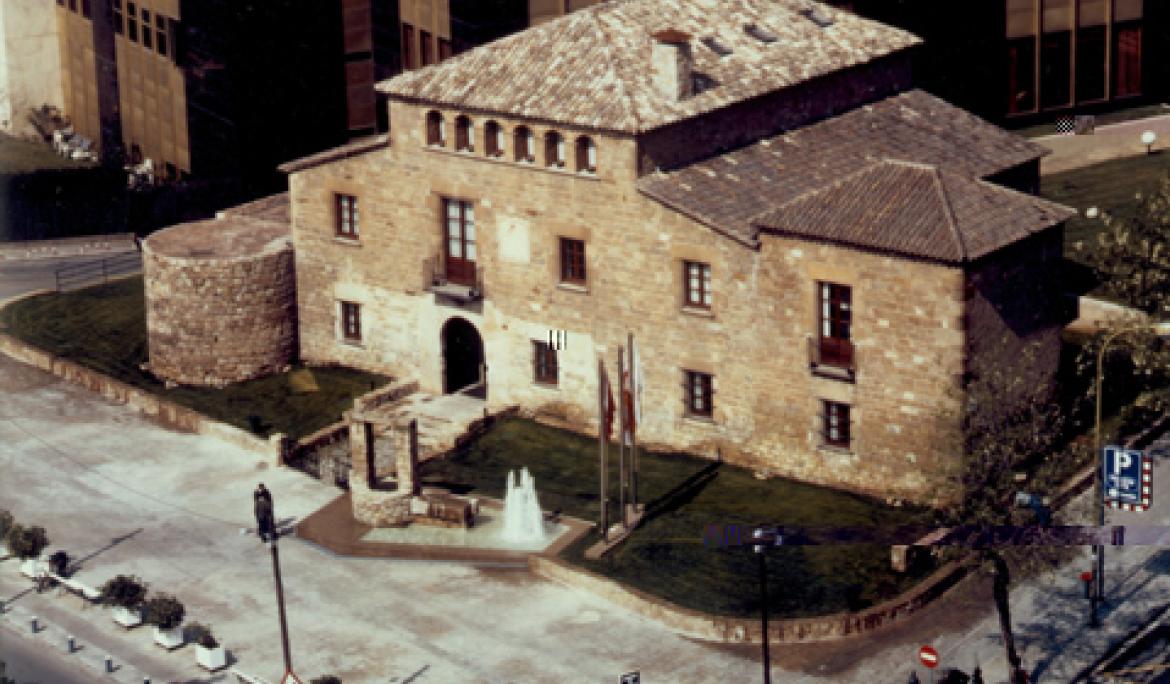Barcelona is a dynamic city where modernity blends with the past, and its surroundings are no exception. Around the city, we can find farmhouses, towers, and other spaces that not only speak to the history of the area but are also immersed in natural environments that combine tradition with nature. Hola Barcelona takes you there!

Here are some of these places that represent the architectural and cultural legacy of Barcelona and its surroundings:
- Can Masdeu
Located in the Collserola mountain range, Can Masdeu is a historic farmhouse that has been transformed into a community space dedicated to sustainability and organic farming. Originally built in the 17th century, Can Masdeu is now a model of self-management and coexistence in harmony with nature. Its transformation has combined traditional architecture with modern practices to create a unique space where visitors can learn about ecology and communal living.
- Vila Joana
Vila Joana is another emblematic farmhouse located in the municipality of Cerdanyola del Vallès, on the outskirts of Barcelona. Dating back to the 18th century, this farmhouse has been restored to preserve its architectural beauty and has been adapted for cultural and tourist purposes. Its natural surroundings and the gardens around it make this place a true reflection of the relationship between humans and the rural landscape of the area.
- Can Cortada
Can Cortada is a farmhouse of great historical value, dating from the 14th and 15th centuries, located in the Clota neighborhood, to the north of Barcelona. Known for its medieval architecture, Can Cortada has been restored and now serves as a cultural center. In addition to the cultural activities held there, visitors can enjoy its natural surroundings, offering an ideal space to appreciate both the history and nature of the city.
- The Clock Tower
The Clock Tower, located in the Guineueta Park in the Nou Barris district, is an iconic feature of the Barcelona landscape. Built in 1885 as a reference point for the public clock of the Guineueta, the tower is a testament to the industrial revolution in the area. Although it is a remnant of that era, the Clock Tower has become part of the neighborhood's identity, turning into a historical and architectural symbol.
- Can Vinyals de la Torre
Also located in the Collserola mountain range, Can Vinyals is a traditional Catalan farmhouse that preserves characteristic architectural elements, such as the vaulted doorway. This rural space has been restored to offer a combination of nature and culture, where visitors can enjoy the natural landscape and participate in activities related to local art and history. Can Vinyals is a clear example of how Catalan farmhouses were integrated into the mountainous landscape of the region.
- Torre Rodona
Torre Rodona, located in Sant Feliu de Llobregat, is a medieval defensive structure dating back to the 12th or 13th centuries. This circular tower was part of a surveillance system designed to protect the region. Today, Torre Rodona is a historical monument that allows us to understand the medieval defense of the area and serves as a symbol of the evolution of the territory.
- The Clota Neighborhood
The Clota Neighborhood, located in the Gràcia district, is a small historical oasis that preserves the rural character of Barcelona from decades ago. Although it is part of the city, this neighborhood maintains the charm of the old farmhouses and rural buildings that once made up the agricultural landscape of the area. It is a perfect place to stroll and connect with the history of Barcelona while appreciating the beauty of architecture that has withstood the passage of time.
These examples show that Barcelona is not only a city of modernity but also a place rich in history and natural heritage. The farmhouses, towers, and rural spaces surrounding the city allow us to connect with its past and understand how the urban and rural landscape has evolved. Whether to learn about history, enjoy its architecture, or simply escape to nature, these places reflect the cultural legacy worth discovering. Hola Barcelona takes you there!
And if you're a lover of Barcelona's history, you can't miss this article!





